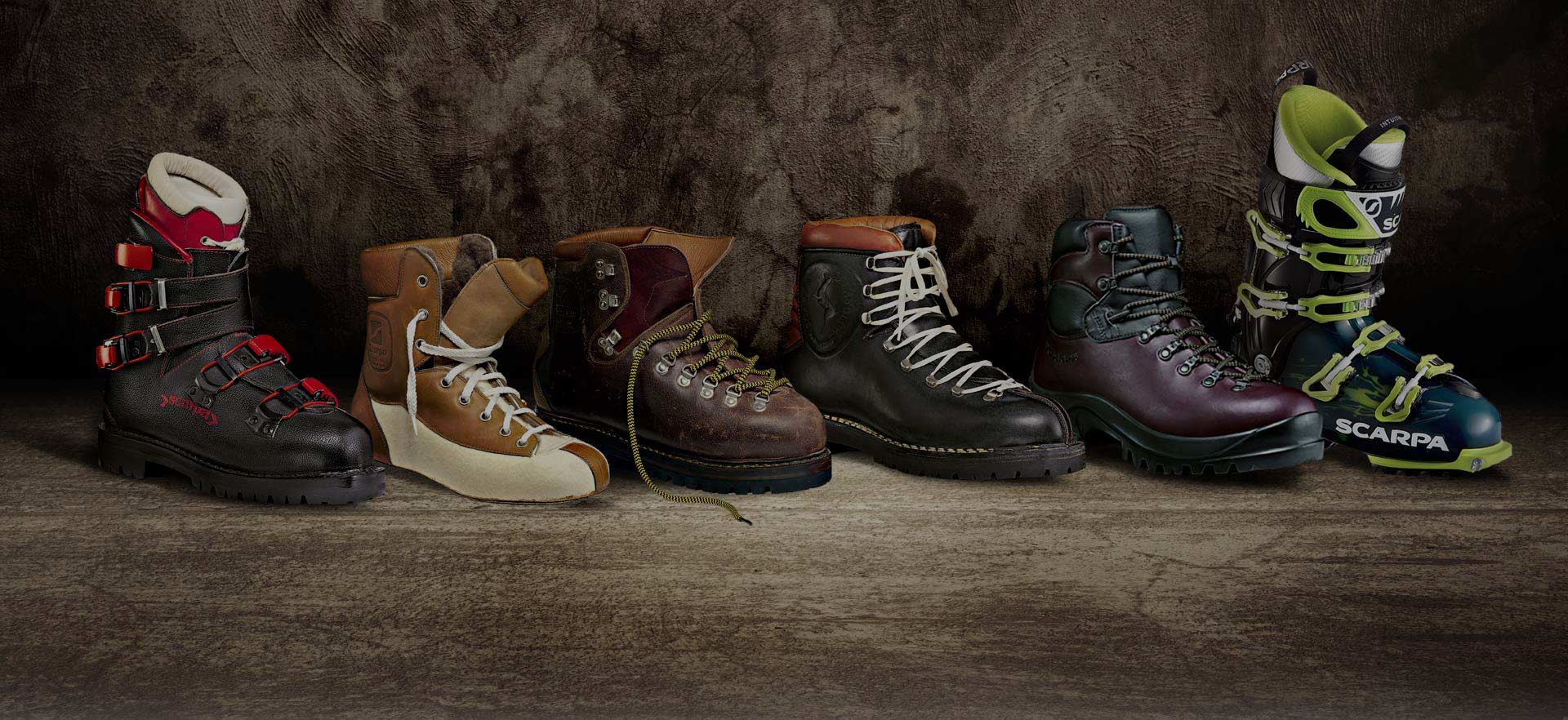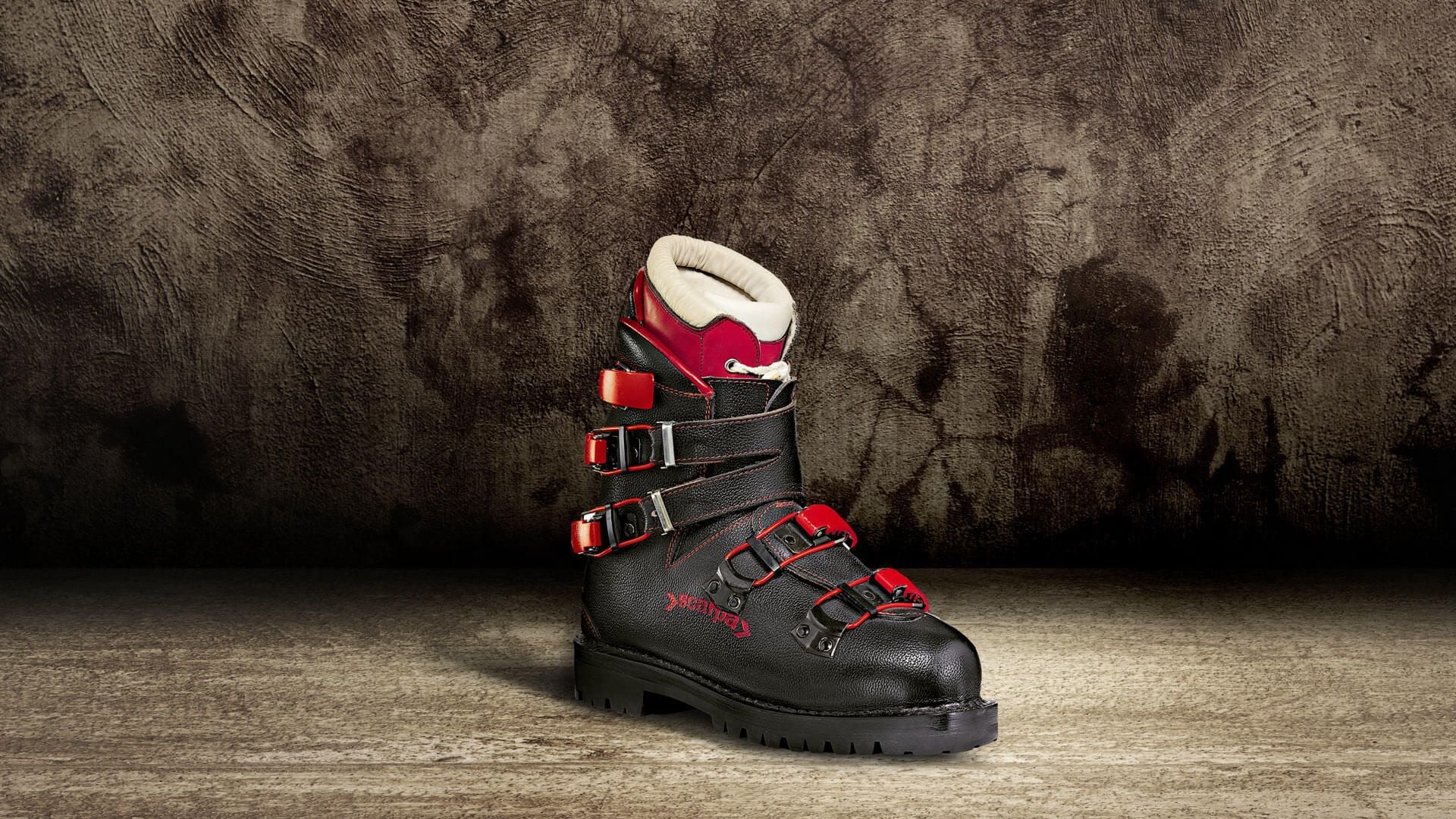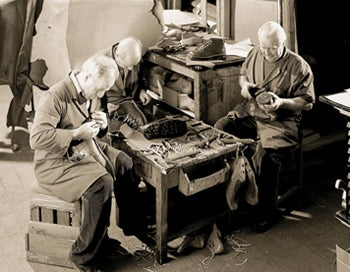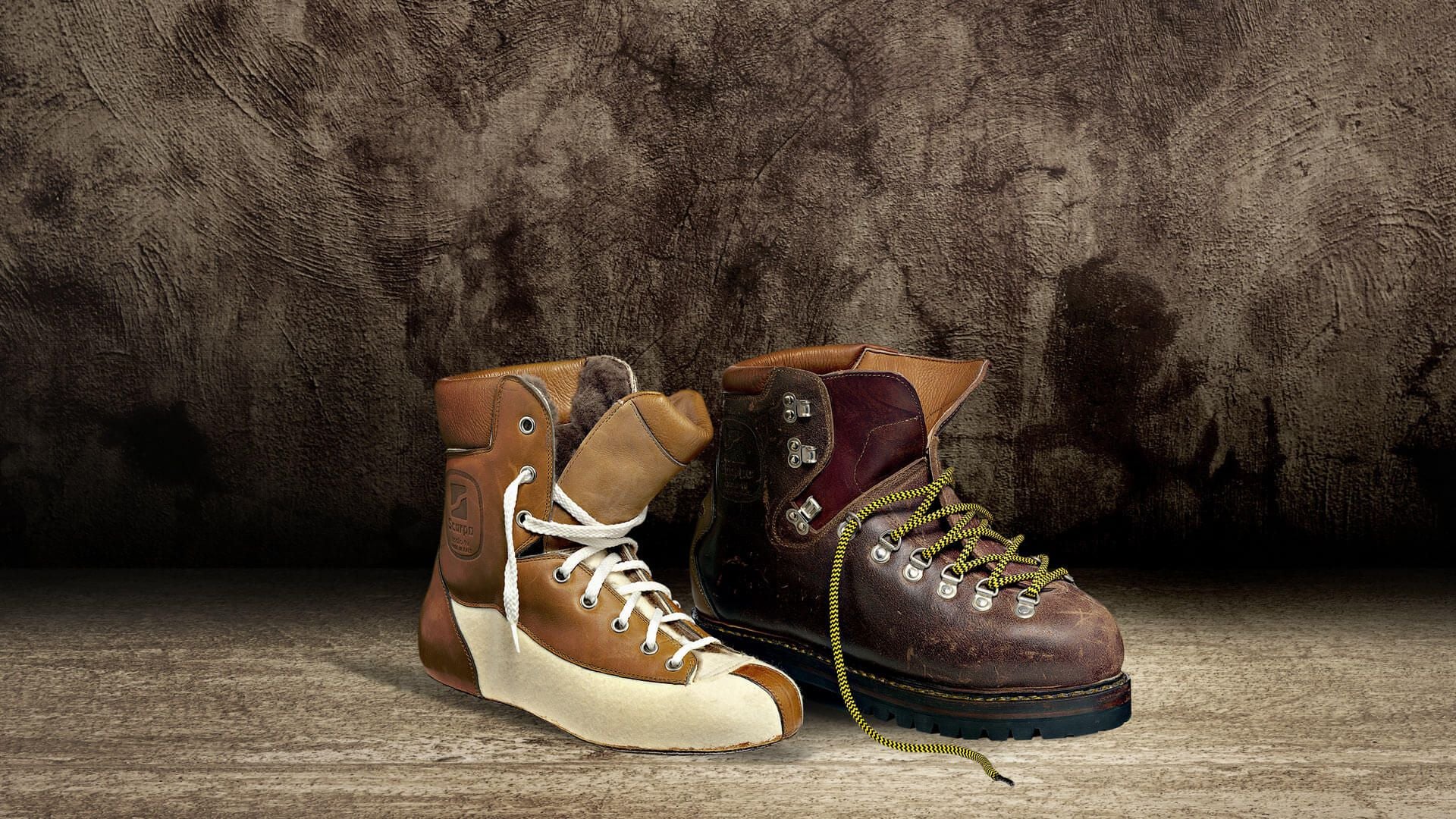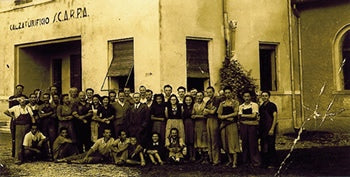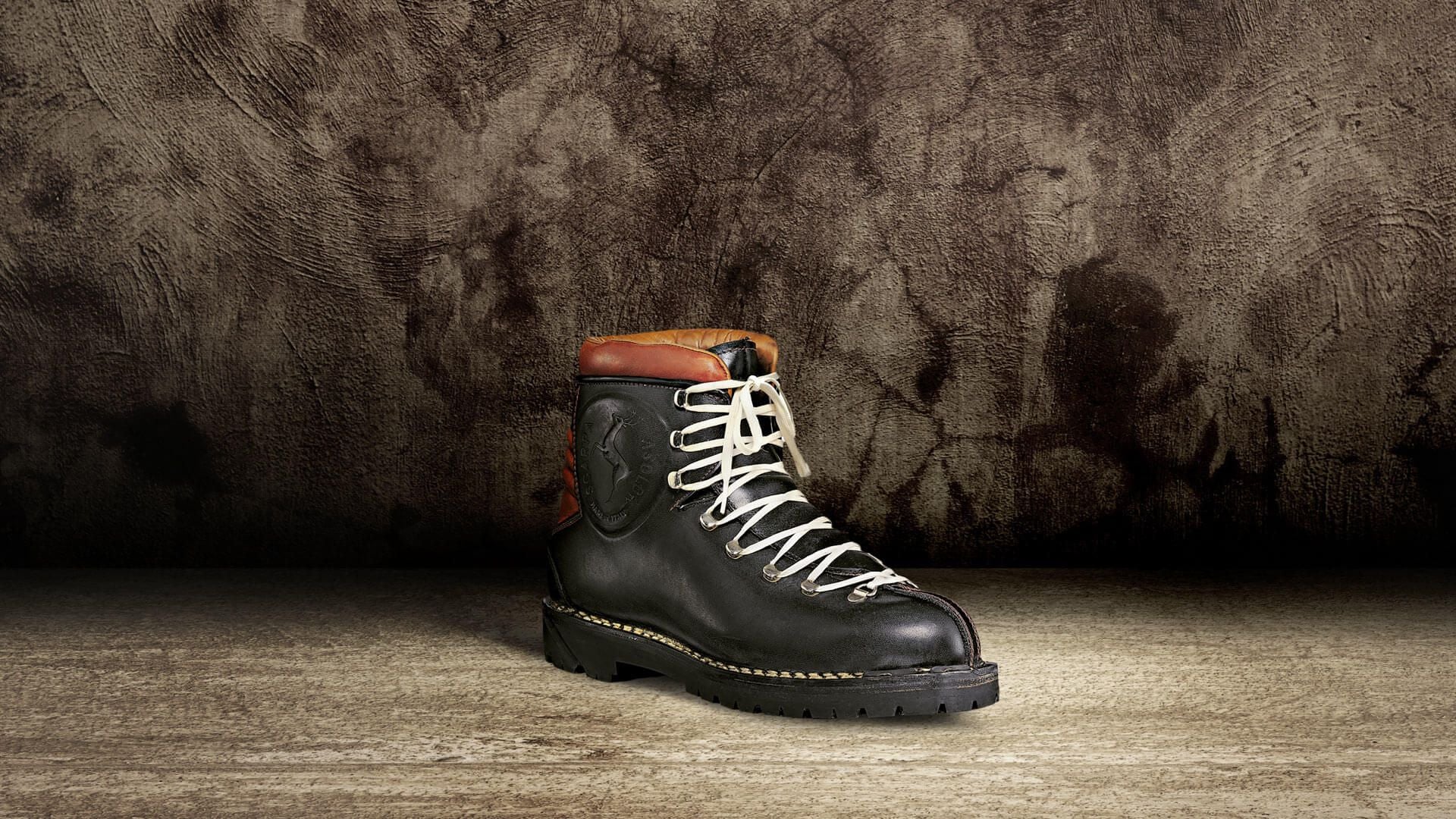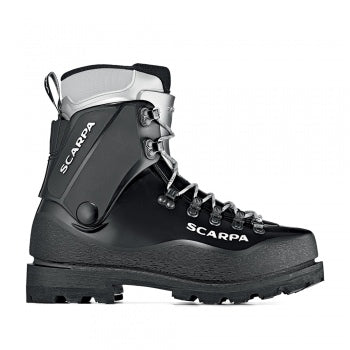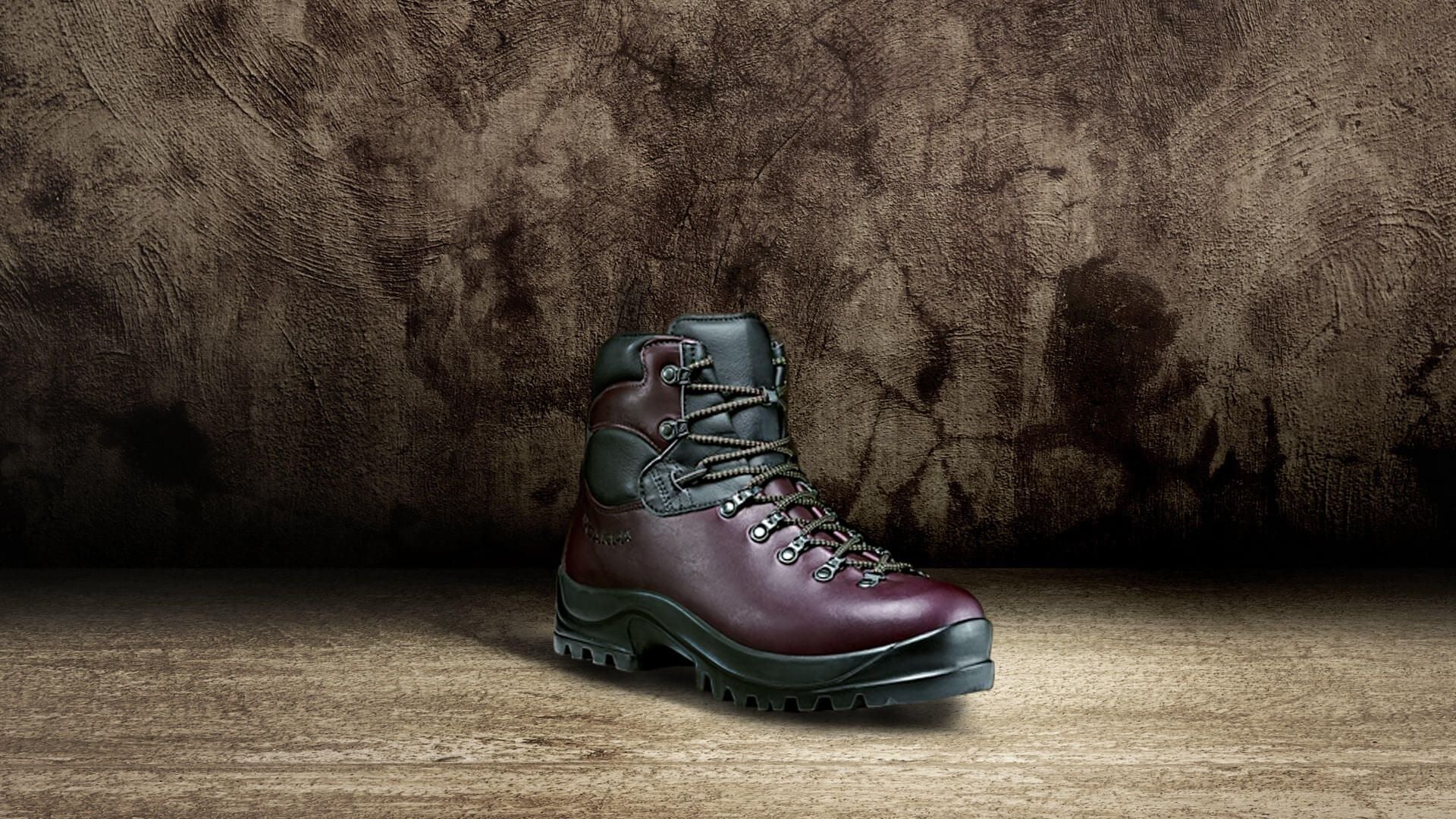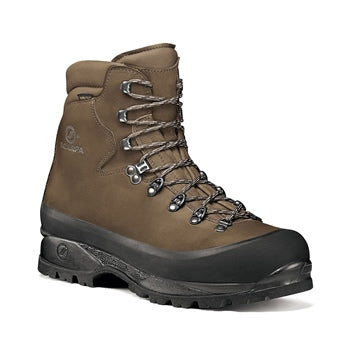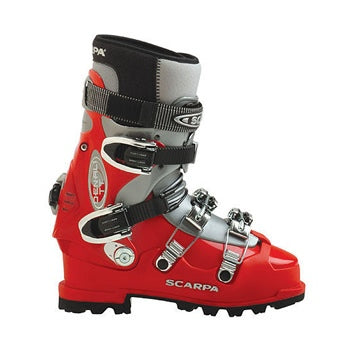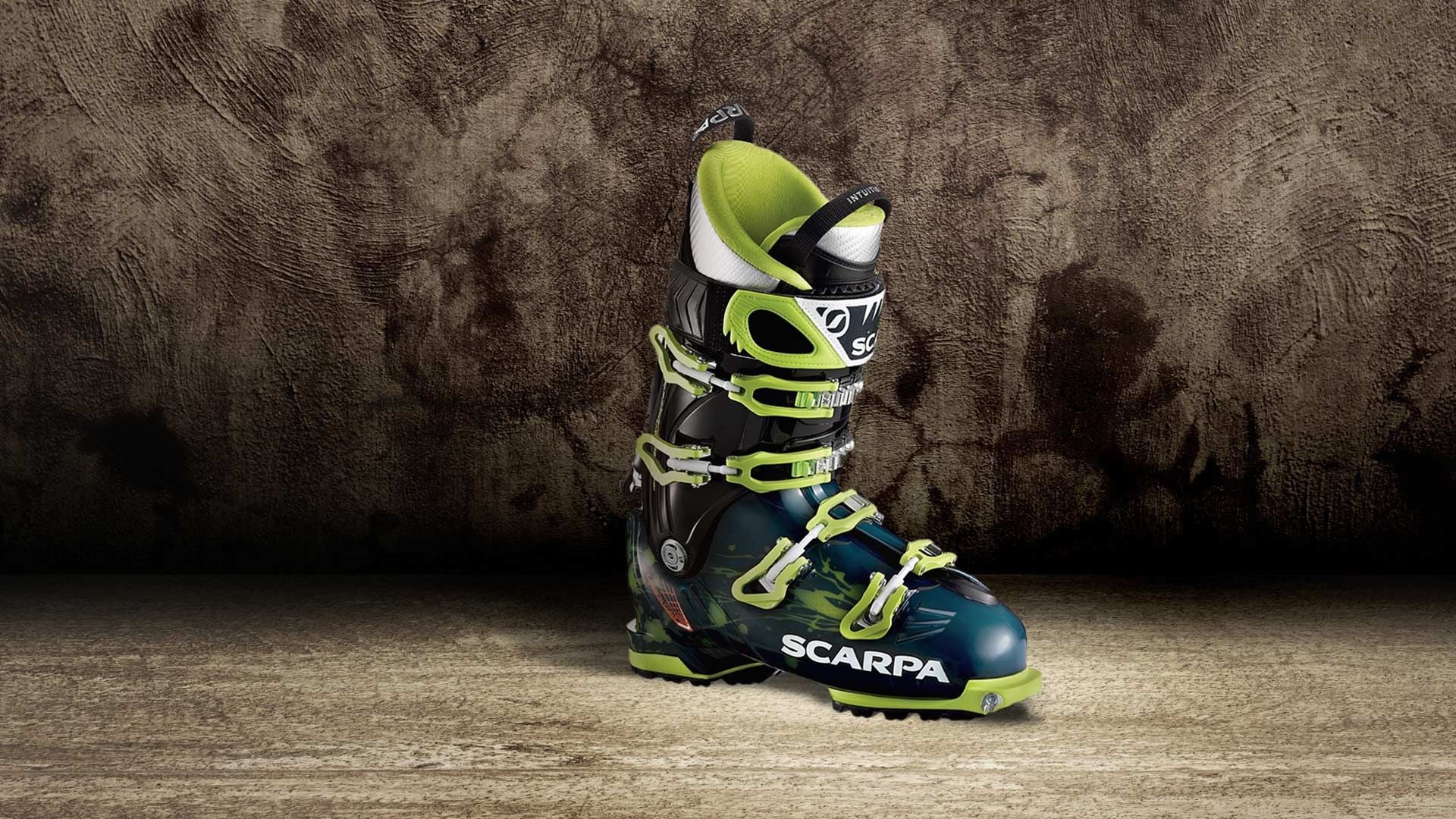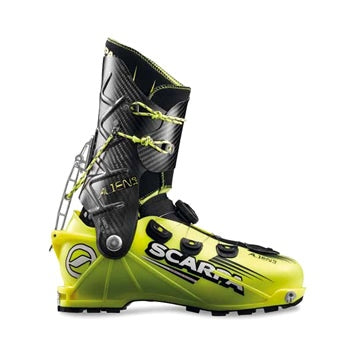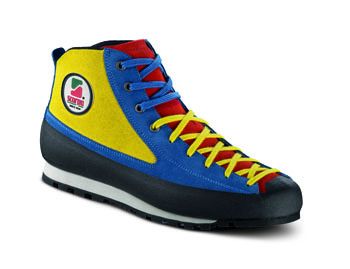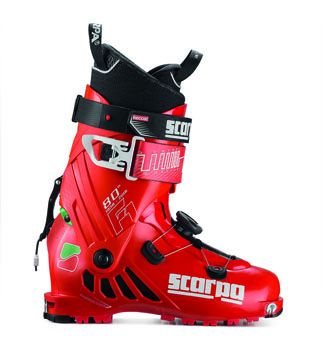1970
THE YEARS OF FAIR CHALLENGE
These were glorious years for mountaineering worldwide, mainly for Himalayan mountaineering and for SCARPA® too. The Company conquers new markets in Switzerland, Austria, France, Spain, Denmark, Norway, Sweden, New Zealand and Japan.
In years of heavy economical recession, unemployment is thankfully an unknown condition for all the 75 employees and cooperators of SCARPA®.
These are the years when the production starts on the very first sports climbing shoes and the coloured trekking & hiking boots in Cordura® fabric and suede leather.
Subsequently the collection rises to 60 different models. These are also the years when research starts to design a high altitude boot of premium quality, much lower in weight than the excellent leather boots currently on the market with removable inner shoes in precious German wool felt. The bright idea to use the Pebax® (a block copolymer used in the 1970s to make strings for tennis rackets) brought at the end of that decade to the production of the very first high altitude plastic footwear, the “Grinta”, the evolution of which is the current and mythical “Vega“.
These are also the years when an intense cooperation with the very best mountaineers worldwide starts. The first full page advertising campaign is published in the official magazine of the CAI (Italian Alpine Association).
In the seventies the export production reached a market share of 60% of the entire production SCARPA®, touching different parts of the globe from Europe to the Americas, Oceania, Orient, establishing SCARPA® as a superior quality brand. In the late seventies worthy ambitious new projects take shape wear shoes to international prominence for its quality and innovativeness. In particular, the alpine ski boot and high altitude “Grinta” attracted the attention of athletes as such exclusive and unbeatable products. The boot “Grinta” has been adopted by many Himalayan scientific and mountaineering expeditions (14 peaks, all of Planet Earth 8000) and Antarctica and by the armies of many European countries and outside Europe.
1980
THE COMPANY EVOLUTION AND GROWTH
SCARPA® continues its expansion and gets other markets onboard: Iceland, Poland, Slovenia and Hong Kong. These are the years of the SCARPA® great Himalayan undertakings and of the new generation entering into the business: Davide, Sandro, Cristina, Piero followed by Andrea.
This gives a fresh new boost to the SCARPA® entrepreneurial spirit. The collections improve with the addition of: High Altitude, Mountain, Trekking, Hiking, Outdoor, Climbing, Telemark and Ski Mountaineering with the brand new “Rally”. The models - eighty - are now more diversified in order to respond to the most demanding markets. The “Cinque Terre” outdoor and approach shoe - still in the SCARPA® collection - is created as the very first light hiking shoe worldwide.What's the bright creative intuition behind it? To replace the outsole of a climbing shoe, thus creating a new product with an timeless look. These are also the years of research & development in terms of new fabrics and new manufacturing procedures and technologies. Gore Tex® enters the market and SCARPA® is the first manufacturer worldwide to use it in its footwear, which gives a strong boost to its Cordura® and suede leather models. The lining and the soles are tailormade, based on the different demands of natural environments (from mountains to deserts).
The Bionic and Trionic Attak™ models have strongly revolutionised the practical use of gaiters.
Meanwhile, the SCARPA® patents grow and multiply.
Create, imagine and innovate from tradition and cultural heritage of the company: this is the true “soul” of SCARPA®. The experience, know-how accumulated that spreads through all products, even those of everyday use. As Italo Calvino’s Marco Polo Scarpa has built his products with imagination and creativity. A story with a story, that plays with the natural complexity of language and stories toward a strategic operational action: the ability to connect the overview and detail, the knowledge and experience of knowing how to do because the do is part of thinking and creating.
